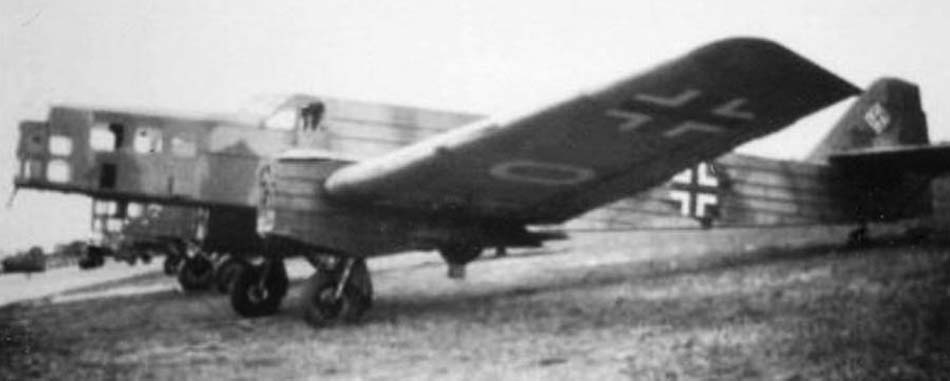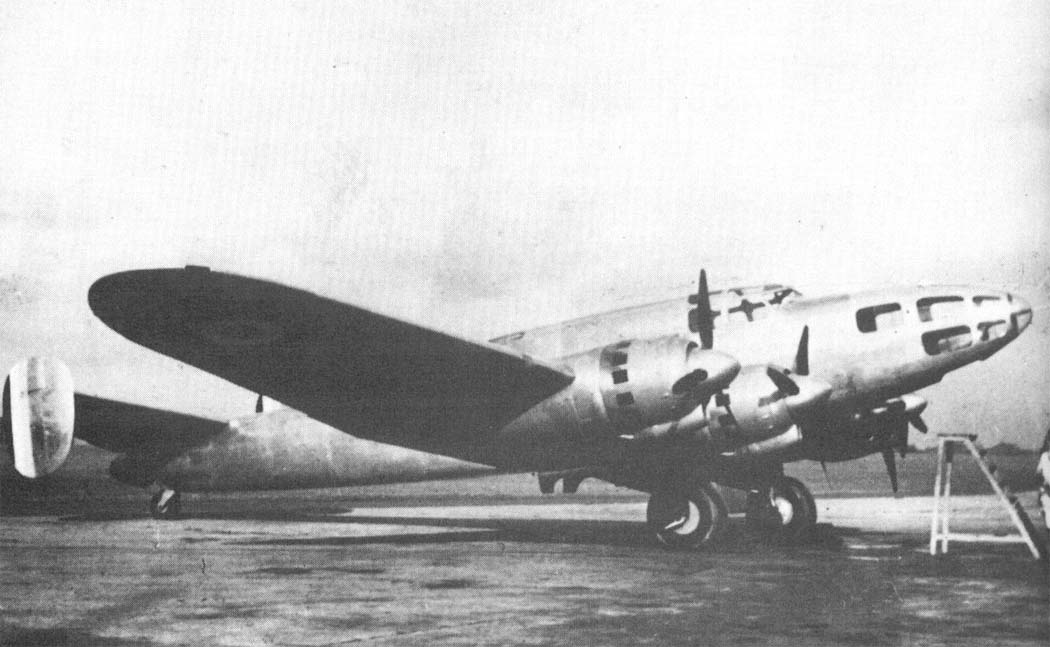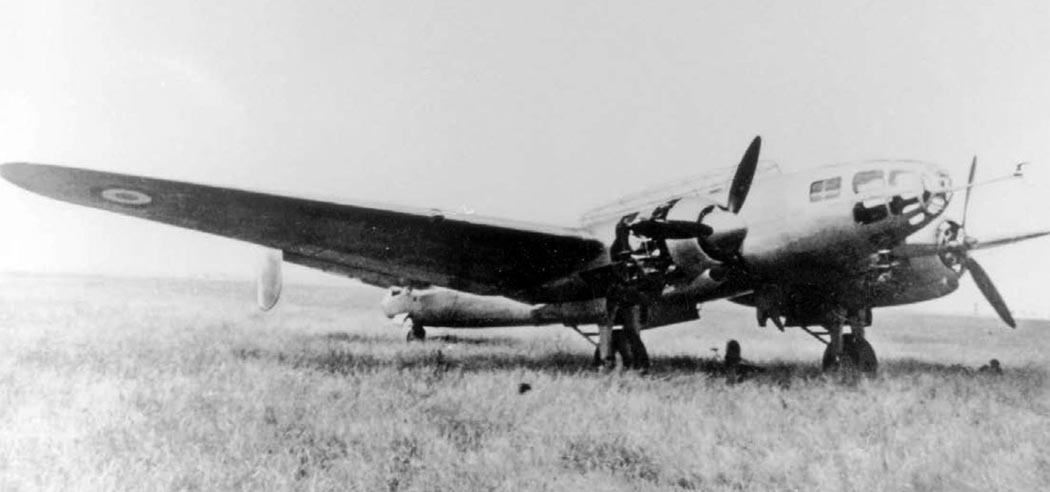Tag: bomber
-
Bloch MB.210 in German Service

Bloch MB.210 in German Service In September 1939, the Bloch MB.210 equipped 12 bomber units of the Armée de l’Air. At the time of Nazi Germany’s attack on France in spring 1940, these squadrons were in the middle of a restructuring aimed at removing outdated aircraft from the front line. Up to the armistice on… Read more
-
Bloch MB.135 French Bomber Prototype

Bloch MB.135 French Bomber Prototype The Bloch MB.135 made its maiden flight on 12 January 1939. A development of the Bloch MB.131, it was designed as a medium bomber for the French Air Force. Heavily redesigned, it bore little resemblance to the MB.131 it was derived from. It was developed in parallel with the twin-engined… Read more
-
Bloch MB.134 French Bomber Prototype

Bloch MB.134 French Bomber Prototype The Bloch MB.134 made its maiden flight on 22 July 1939. A development of the Bloch MB.131, it was designed as a medium bomber for the French Air Force. Heavily redesigned, it bore little resemblance to the MB.131 it was derived from. It was developed in parallel with the four… Read more